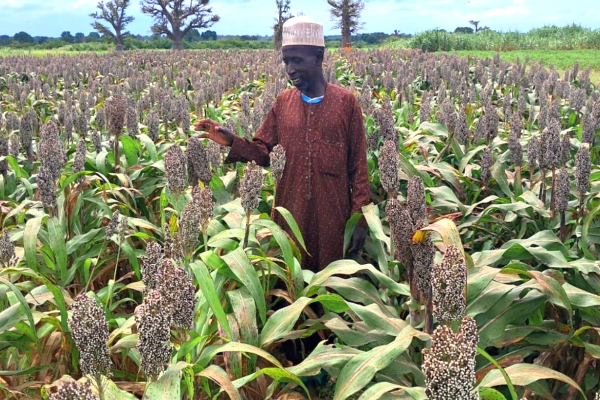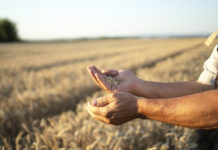
The International Crops Research Institute for the Semi-Arid Tropics (ICRISAT) has introduced a short-duration sorghum variety in northern Nigeria to boost food security, strengthen productivity, and improve nutrition.
The SAMSORG 52 is already transforming farming in the region where sorghum is a lifeline crop. In fact, millions of households depend on it daily for food, livestock feed, income, and cultural practices, according to the research institute.
However, in recent years, farmers have faced unprecedented challenges. Insecurity from banditry and insurgency has made cultivating tall sorghum risky, while drought and erratic rainfall continue to reduce yields.
To tackle these constraints, scientists at the International Crops Research Institute for the Semi-Arid Tropics (ICRISAT), in partnership with HarvestPlus (hosted by the International Food Policy Research Institute – IFPRI), the Institute for Agricultural Research (IAR), Samaru, and other national collaborators, developed a variety tailored for safety, resilience, and nutrition.
From Research to Fields
SAMSORG 52 (formerly 12KNICSV-297, “Yar Gwuiwa”) was released in 2023 after years of multilocation testing and farmer evaluations.
Derived from a cross between Zabuwa and Grinkan-7-3-1, it is an open-pollinated, compact, and resilient variety adapted to the Sahel and Sudan savannas.
Its height of less than one metre, white seeds, and compact panicles make it easy to manage under harsh dryland conditions.
Early and Productive
A key advantage of SAMSORG 52 is its early maturity, reaching harvest in 85–90 days—well before terminal drought. With a yield potential of up to 3.7 t/ha, it outperforms many traditional varieties.
The variety is also tolerant to Striga and sorghum long smut, while its strong tillering supports yield stability even in stress-prone environments.
Nutrition for Healthier Families
As a biofortified variety, SAMSORG 52 contributes directly to household nutrition. It contains 55 ppm iron, 27.8 ppm zinc, 10.25% protein, and 83.64% carbohydrates.
These levels help combat micronutrient deficiencies, particularly among women and children, and make it suitable for baby-weaning foods and fortified diets. Its stover also provides nutritious livestock feed.
Smart Security Visibility
In Nigeria’s northeast, where tall crops can obstruct visibility and create security risks, SAMSORG 52’s short stature offers a safer alternative.
Its height has made it highly acceptable in areas where tall sorghum is discouraged by security agencies.
Mechanization Made Easy
The variety’s uniform height and synchronous maturity make it compatible with mechanical harvesting. This reduces labour, postharvest losses, and production costs while making sorghum farming more attractive to youth.
Where It Works and Impact on Farmers
SAMSORG 52 performs well across major sorghum-producing states such as Kano, Jigawa, Sokoto, Kebbi, Bauchi, Gombe, Yobe, Borno, and Katsina.
It fits easily into intercropping systems with millet, maize, and cowpea. Adoption studies show 56–102% yield gains, 82–88% higher net revenue, and improved nutrition where the variety is used.
Scaling Up and Broader Significance
ICRISAT and partners—including NASC, HarvestPlus, and local seed companies—are scaling seed production and organizing community demonstrations.
SAMSORG 52 represents a research-driven solution to climate stress, nutritional needs, and evolving security challenges.
Its success offers a model for dryland farming across Nigeria and neighbouring regions such as Cameroon’s Far North.







